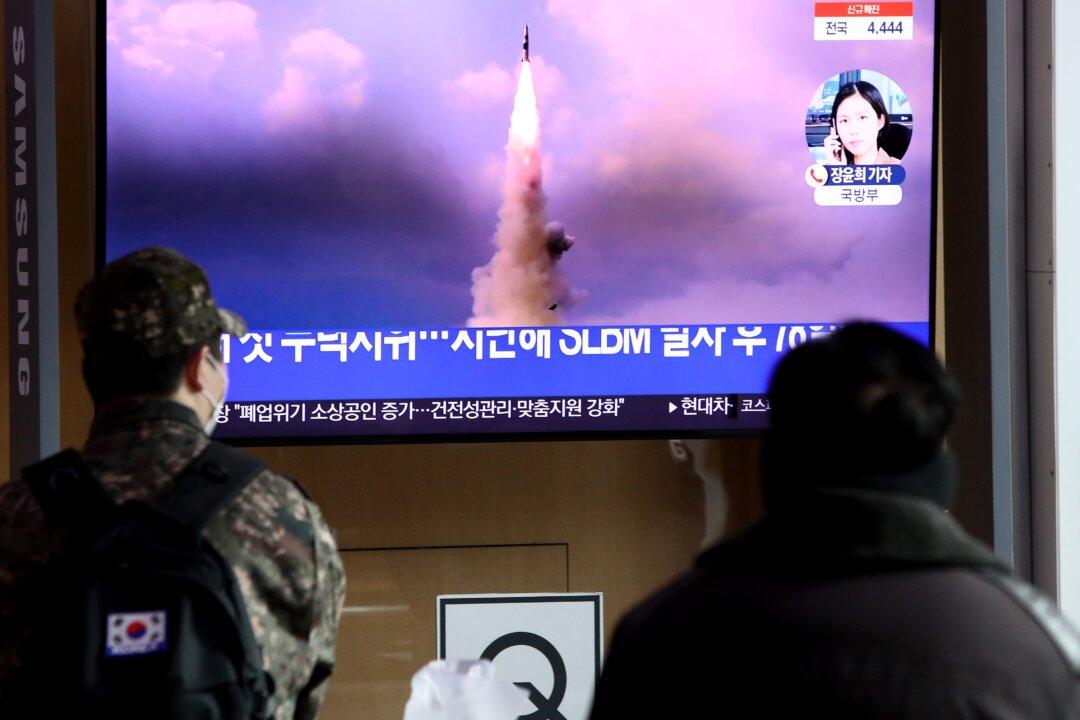Commentary
North Korea has just tested a radar-guided maneuvering warhead that may also be an anti-ship ballistic missile (ASBM) warhead, which could have been made possible through indirect transfer or assistance from China.

North Korea has just tested a radar-guided maneuvering warhead that may also be an anti-ship ballistic missile (ASBM) warhead, which could have been made possible through indirect transfer or assistance from China.